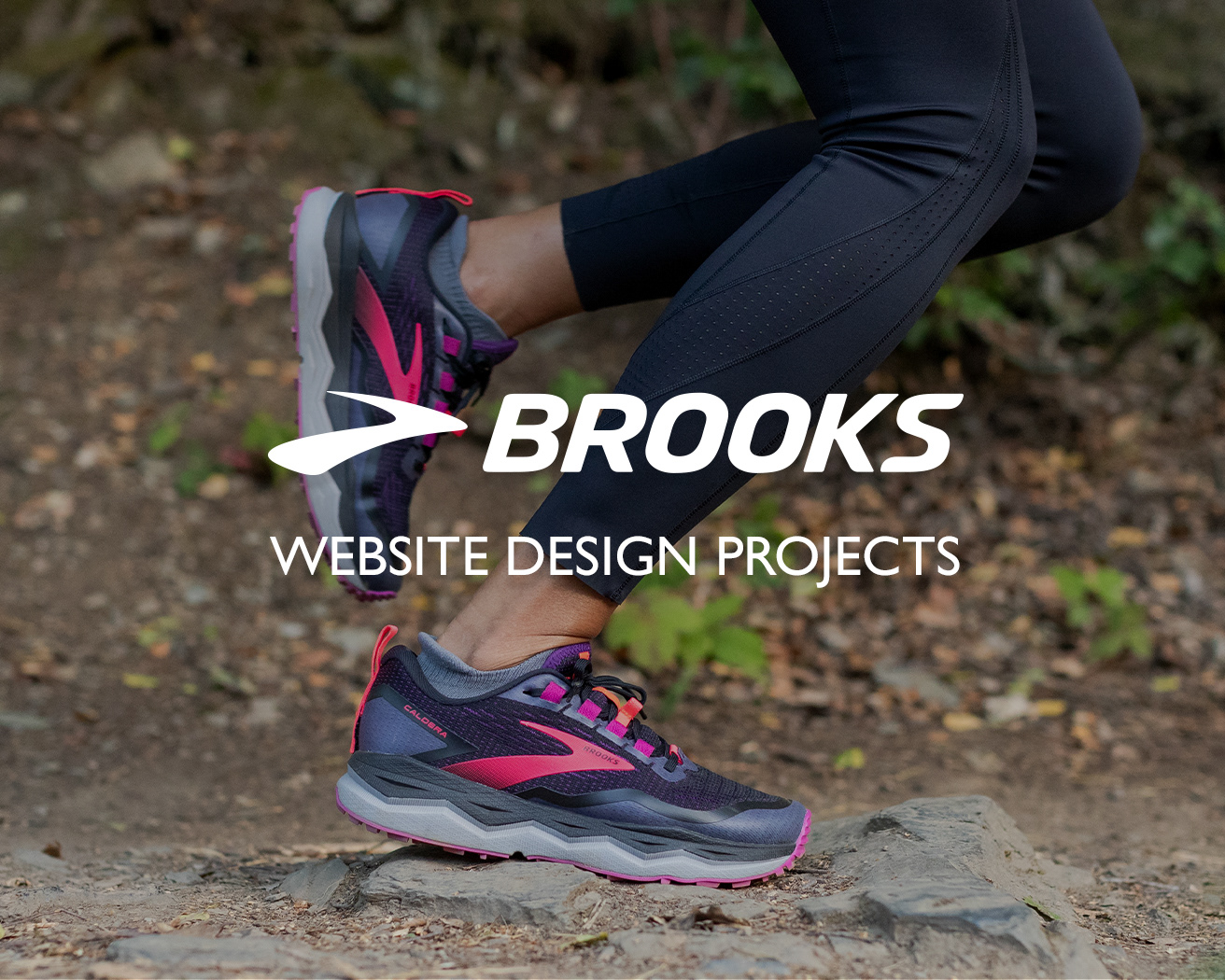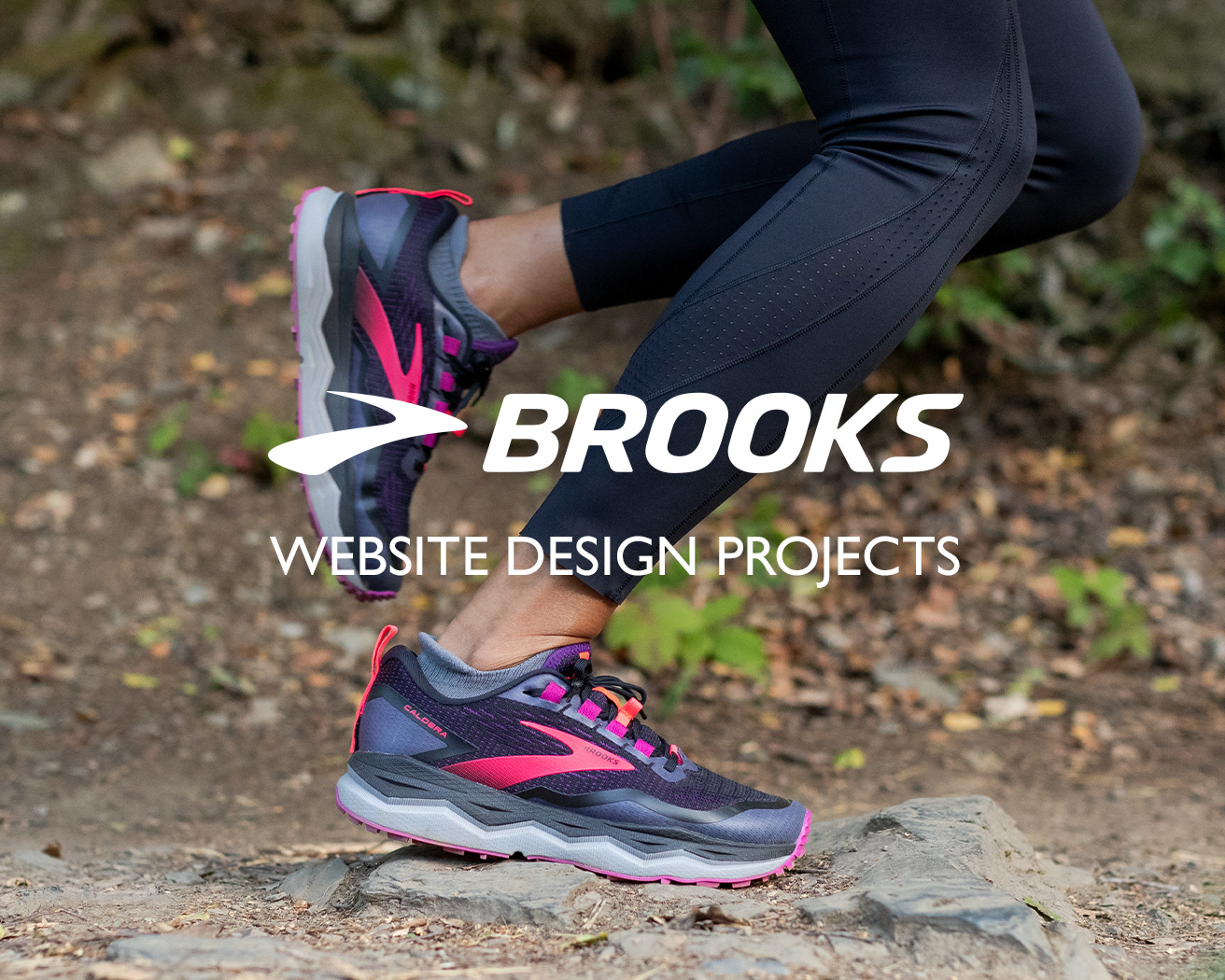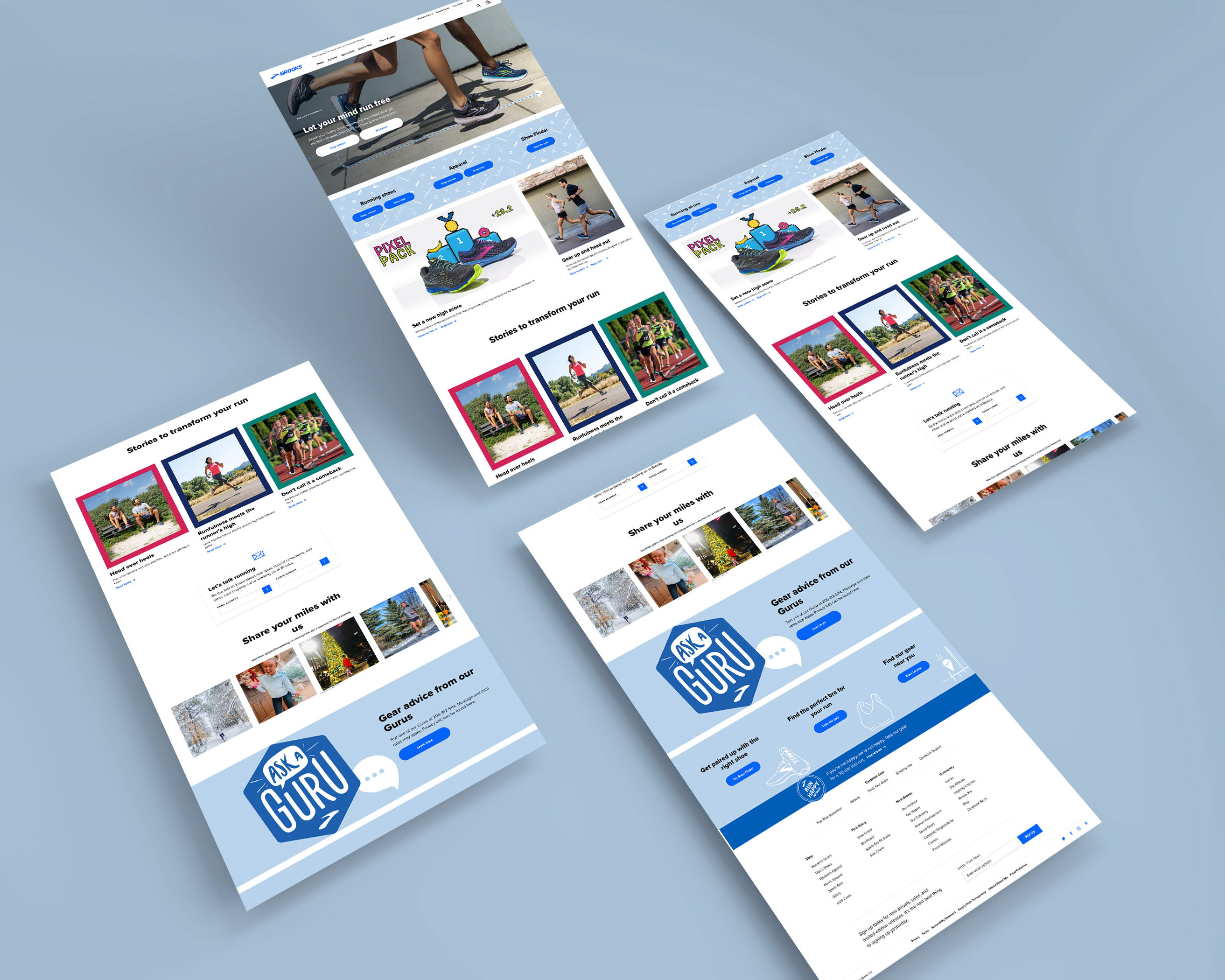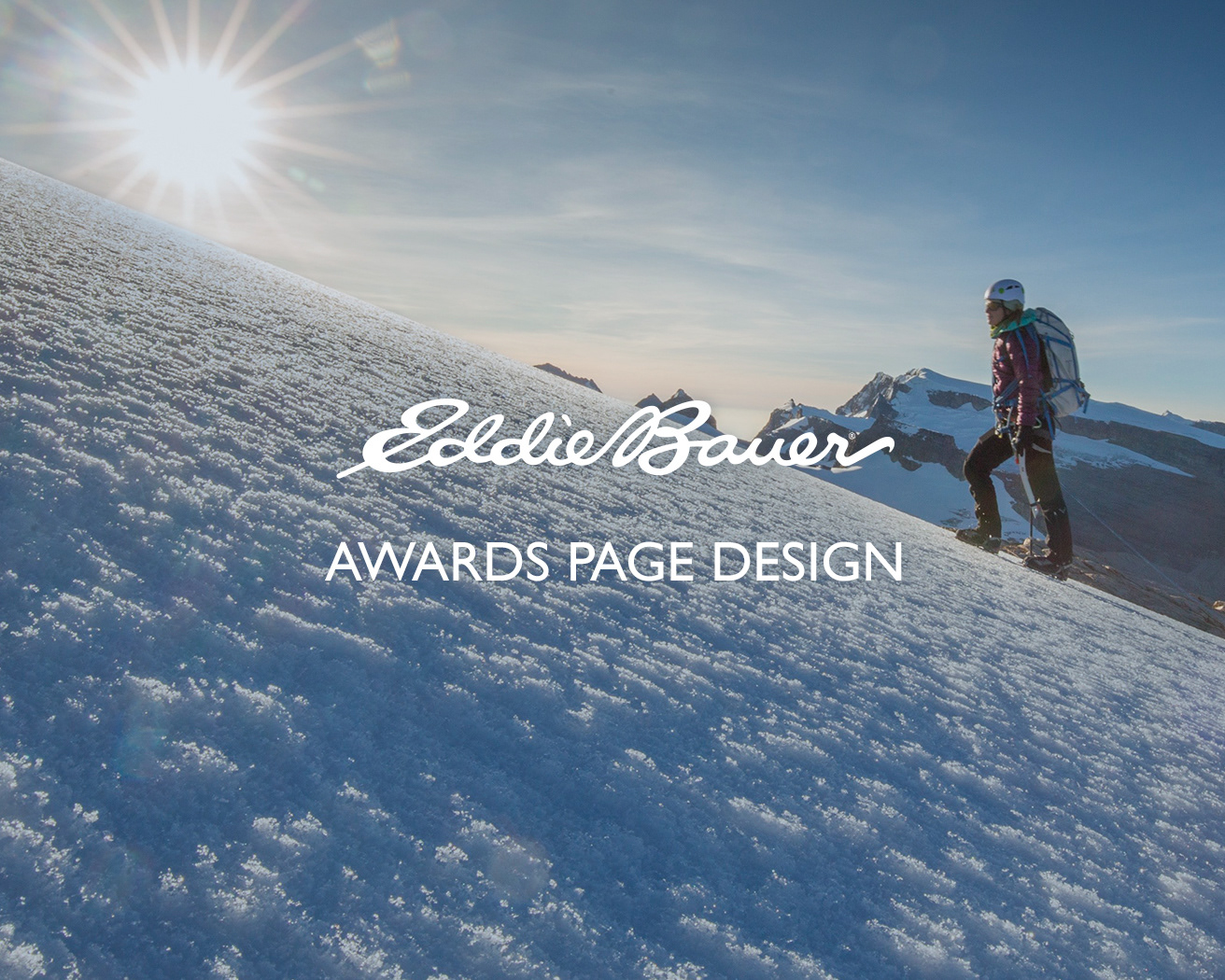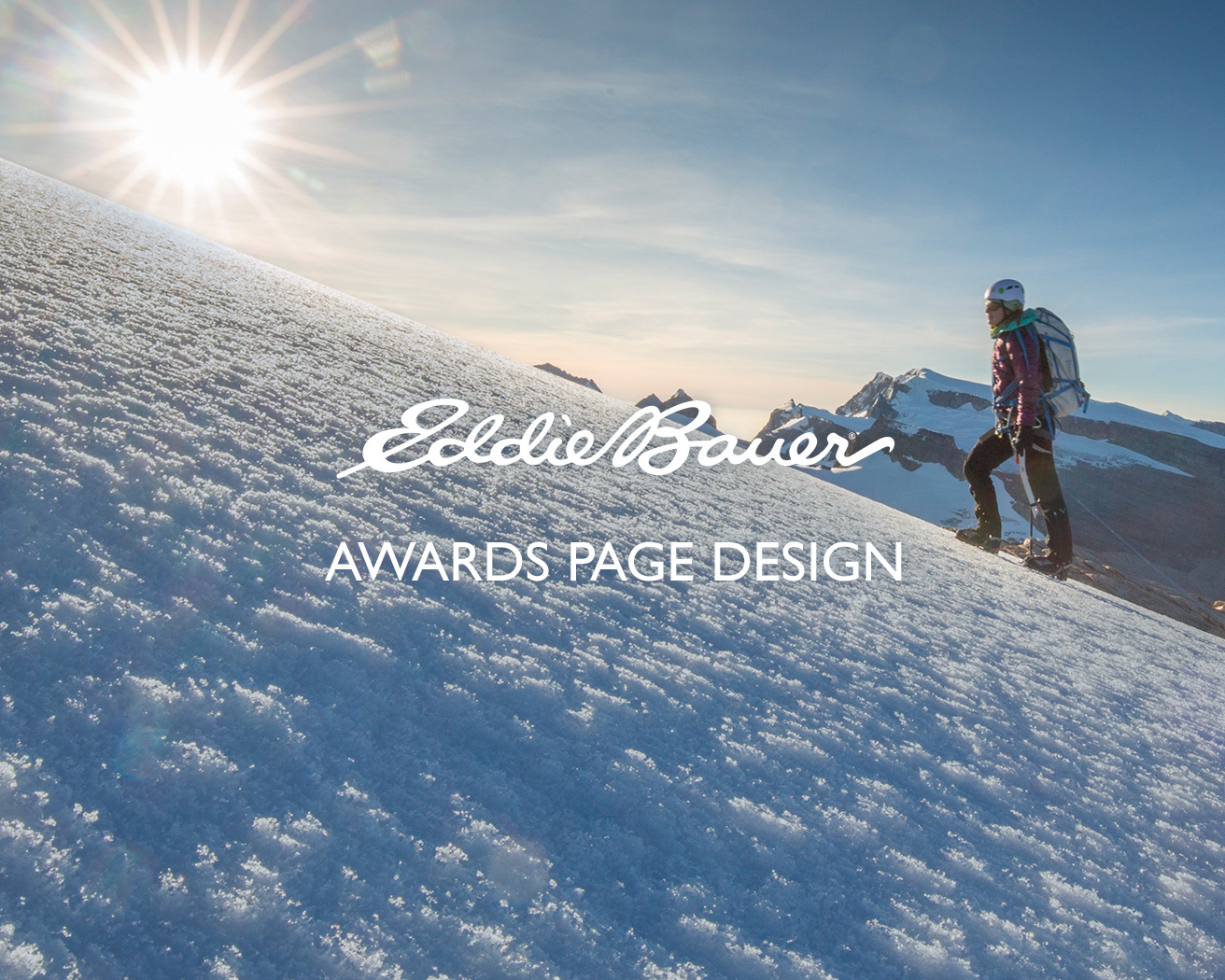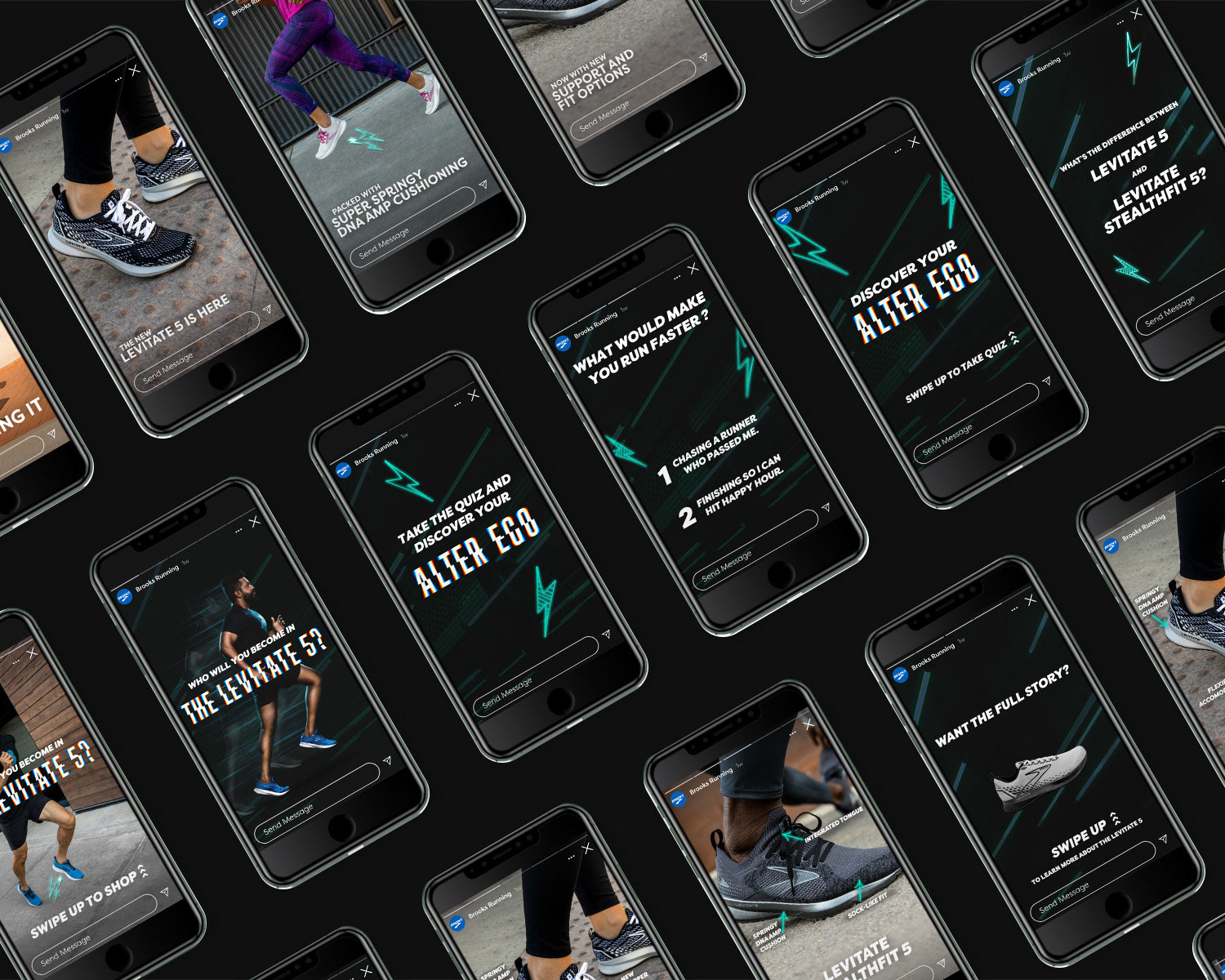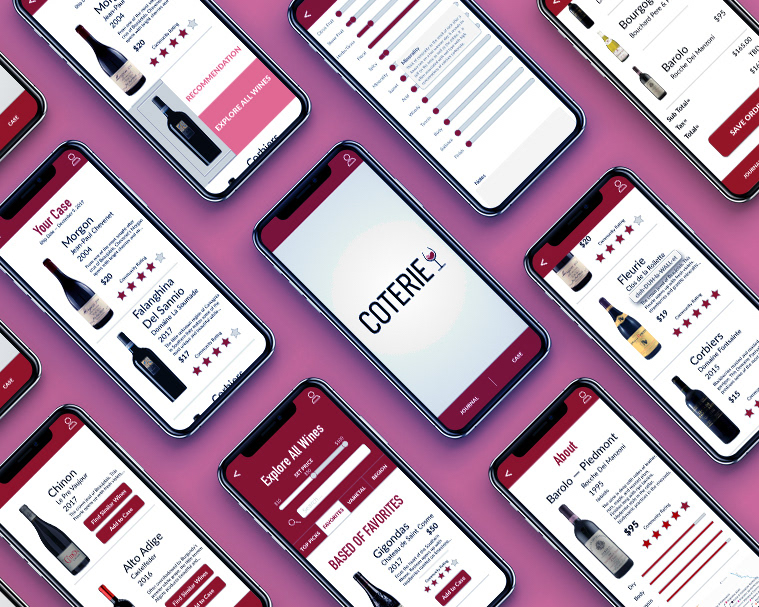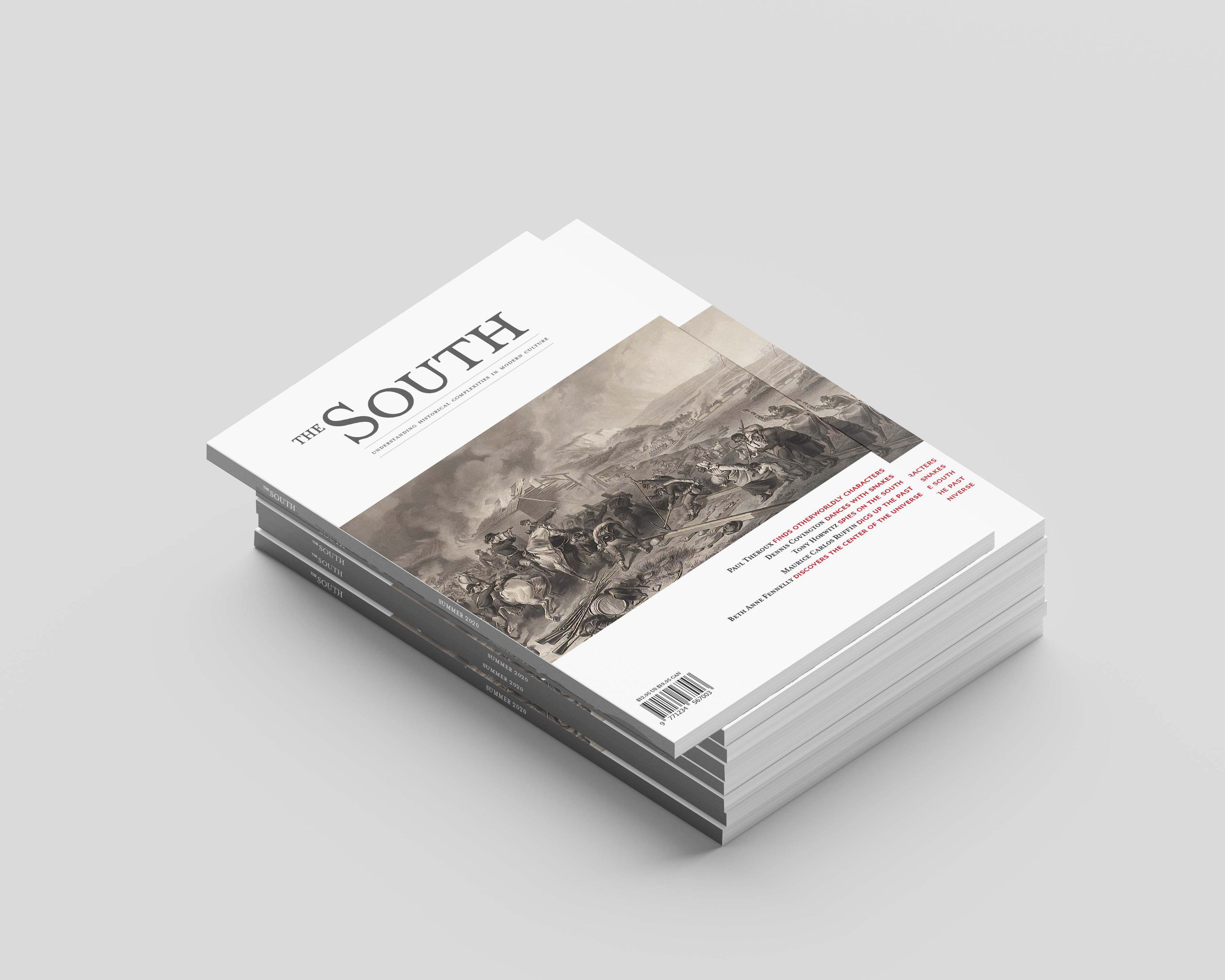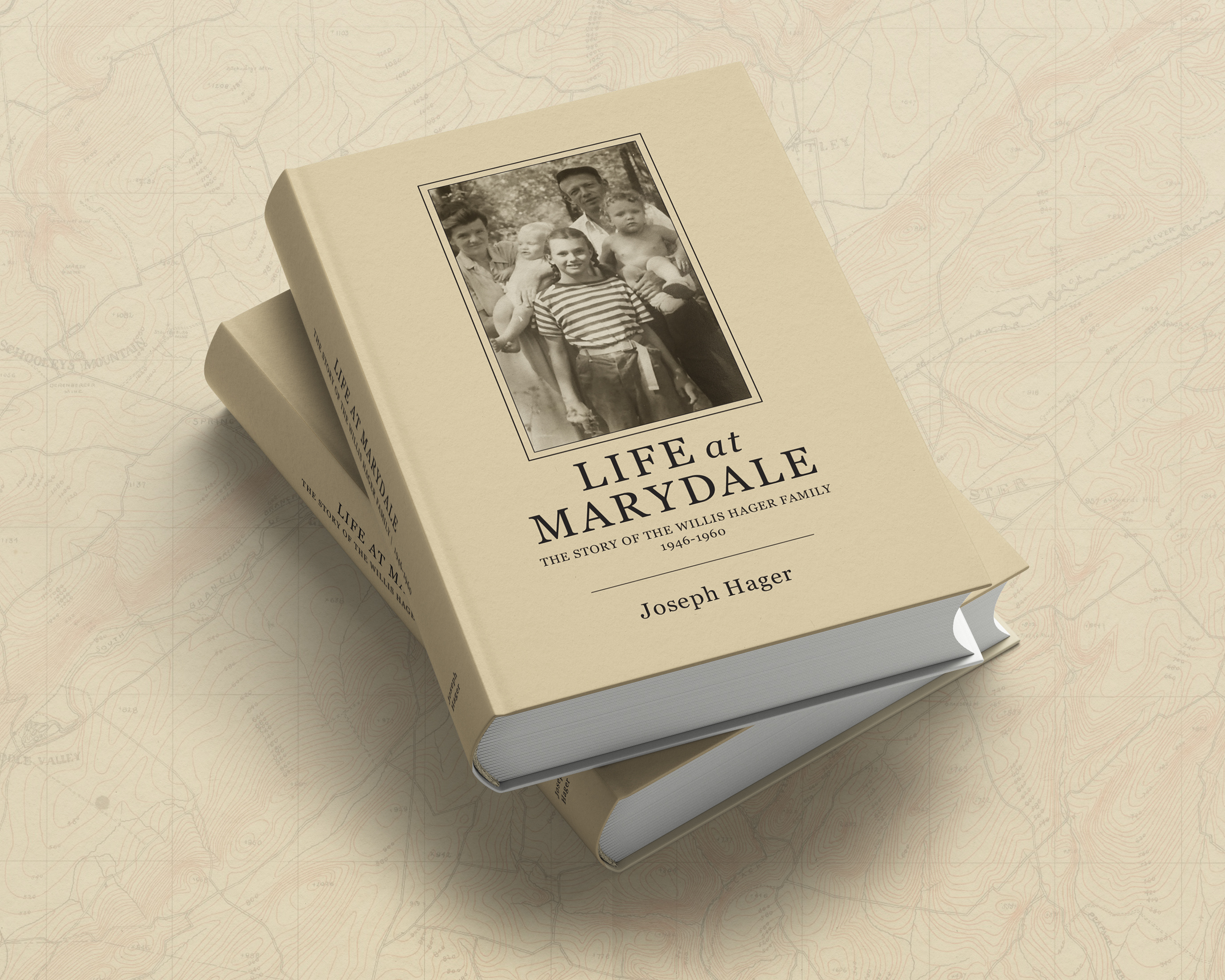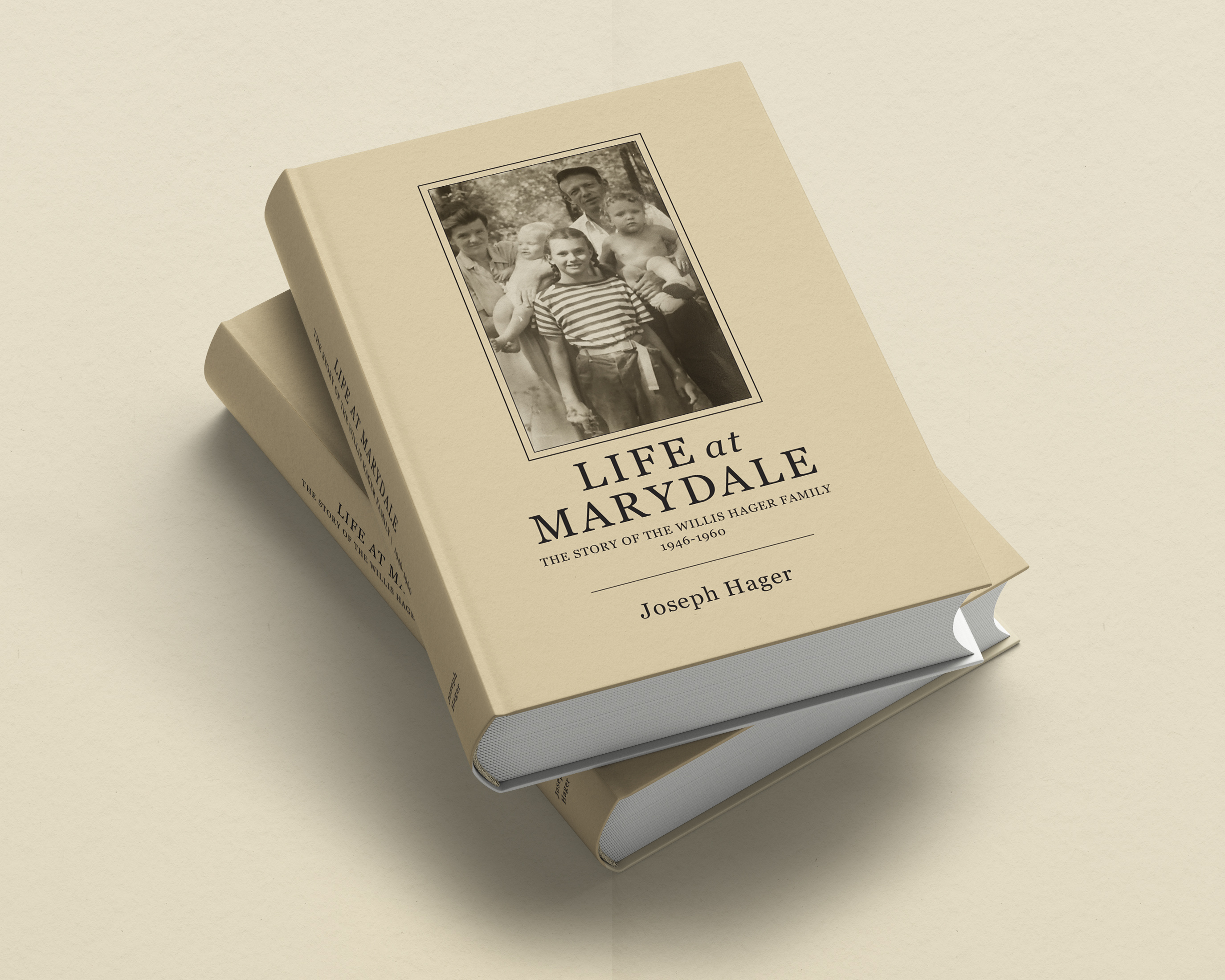Through the use of existing and emerging technologies, how might we create an engaging, immersive, educational experience for visitors at the Seattle Asian Art Museum?
CHALLENGE
Many museum-goers are familiar with old headset audio tours. Through the use of modern mixed reality technology, we wanted to create an experience that is immersive, memorable, fun, and educational for the visitors at the Seattle Asian Art Museum.
SOLUTION
• Create an immersive and educational experience for museum visitors with the use of existing and emerging technology.
• Create a way-finding system that fits within SAAM’s brand
• Address visitor’s unfamiliarity and or reluctance of mixed reality technology
• Make art and education fun, memorable, interactive.
Timeline 5 Weeks
Category UX and UI
Role UX Research, UX Thinking, Icon Illustration
Partner Boyu Zhang
Tools Photoshop, Figma, Illustrator
______________________________________________________________
PROCESS
Research
Gathering information on mixed reality technology while surveying people’s behaviors and pain points as it relates to museums and mixed reality technology was essential to our process. We wanted to understand our user group and who may be using this sort of technology.
Through our survey, we found that some people enjoy reading a lot about the art or artists while others quickly browse over the information. This data drove our decision to include an abbreviated description, an in-depth description, and an audio description of the art and or artist
80% of our respondents stated that they were familiar with audio or smartphone tours and were open to using mixed reality technology during their visit. We also found that our respondents were most interested in learning information about the art or artist and way-finding.
While museums are often places of refuge and inspiration, we wanted to understand visitor’s pain points. Visitors dislike the fact that museums can become crowded with disruptive people. They also think the experiences can sometimes be boring and find the descriptions of the art can be “daunting”. Since we were considering bringing in MR into the museum space we felt like we needed to understand people’s past experiences with that technology. Many said they were concerned motion sickness, and also feel like the experience can be disruptive.
About Experience
First, we needed to know why a mixed reality experience is needed somewhere like the Seattle Asian Art Museum. Mixed reality being a new, popular, and sophisticated technology, we believe that it would attract tourism and attention at the museum that will not only generate revenue but will provide a more immersive and hands-on educational experience that will allow users to fully engage with the space. Therefore we would be creating a mixed-reality experiences that will keep the user comfortable, making it easy to use and non disruptive to the user or others around them.
Features in Headset
• Eight unique tours
• Use of gaze, gesture and voice commands
• Information about art pieces, learn about similar art pieces based on era, geographic location and materials or style of art
• Interact with the sculpture and or art
• A wayfinding system
• Volume, language, and font size adjustment
• An assist button on the side of the glasses so it’s easy to ask for help for a museum associate.
• Eight unique tours
• Use of gaze, gesture and voice commands
• Information about art pieces, learn about similar art pieces based on era, geographic location and materials or style of art
• Interact with the sculpture and or art
• A wayfinding system
• Volume, language, and font size adjustment
• An assist button on the side of the glasses so it’s easy to ask for help for a museum associate.
Persona
by Boyu Zhang
UX Storyboard
We wanted to understand the experience of the user from start to finish. We began this process by acting out the experience and then moved into illustrating the UX storyboard.
Gestures & Voice Commands
We adopted gestures from Microsoft’s HolloLens technology to our headset. The gestures are meant to be easy and intuitive. Wanting to make this experience as accessible as possible we wanted to include voice command technology into our design—allowing visually impaired visitors full access to the experiences and technology.
Design System
The Seattle Asian Art Museum already has a strong brand and icon set. So, we wanted to recreate existing wayfinding icons while developing new graphic elements that could be used in the headset.
Icon Set: Seattle Asian Art Museum
On-Boarding
The Headset
As demonstrated in the UX Storyboard and On-Boarding process above, the user would receive a modern mixed reality headset like the one illustrated below.While the user would be able to access the volume, power, and assist button features through interaction as well as voice commands, we felt like it would enhance the usability to include these three main button features on the headset itself. Through our research, we found that some potential users would have a little reluctance to trying out this experience. Therefore, we felt that it was important to have an assist feature on the right side of the glasses. When the user presses this button, it prompts a museum associate to approach and help the user — similar to the flight attendant button feature on the overhead in an airplane.
Hand Gestures
source: Microsoft
Task Flow
Screen 1
First screen after on-boarding (see on-boarding process above). The user can choose one of the eight tours or explore the museum at their leisure.
Screen Design: Boyu Zhang
Screen Design: Boyu Zhang
Screen 2
Choose from one of eight available tours
Screen 3
User chooses Conservation Tour and a map appears showing the user all the stops along the way.
Screen Design: Boyu Zhang
Screen Design: Boyu Zhang
Screen 4
The highlighted path shows the user of the tour route with each stop highlighted.
Screen 5
When approaching art on stop #3 of the tour the name of the art piece appears along with a tap cursor.
Screen Design: Boyu Zhang
Screen Design: Boyu Zhang
Screen 6
After tapping on the cursor, the user can either read a summary, see more artwork that is similar to this or interact with a 3D model.
Screen 7
After the user selects the “Read Summary” button, a description box appears. The user can either read and scroll through the information or they can choose the audio button on the top right to have the information read to them.
Screen Design: Boyu Zhang
Screen Design: Boyu Zhang
Screen 8
The user uses the bloom gesture to bring up the menu. From here, they can either go to settings, ask for help, see where there are on a map, or end the tour.
Screen 9
At this point, the user selects the Help button, and a notification appears on the bottom right, notifying the user that help is on the way.
Screen Design: Boyu Zhang
Screen Design: Boyu Zhang
Screen 10
The user uses the bloom gesture to bring up the menu, and they select the “Map” button. Here, they can see where they are, the stops along the way, as well as essential locations such as the exit, gift shop, and bathroom.
Screen 11
The user uses the bloom gesture to bring up the menu, and they select the “Map” button. Here, they can see where they are, the stops along the way, as well as essential locations such as the exit, gift shop, and bathroom.
Screen Design: Boyu Zhang
______________________________________________________________
SUMMARY
Our goal was to bring modern mixed reality technology into a unique space that creates an immersive, memorable, fun, and educational experience. While many visitors are either unfamiliar with or hesitant to mixed reality technology, we made the experience approachable, comfortable, and easy to use by building in an onboarding process and providing useful hints and gestures along the way.
Given our limited 5-week time frame, we had to narrow our focus down to the main problems we wanted to solve. If we were going to continue this project, we would like to build out additional user flows for problems such as wayfinding, Tours, and Self Explore. Designing for new technology, I found this project incredibly fun and engaging. I enjoyed the deep dive into the research while thinking about all the potential scenarios that could provide unique experiences for users.

